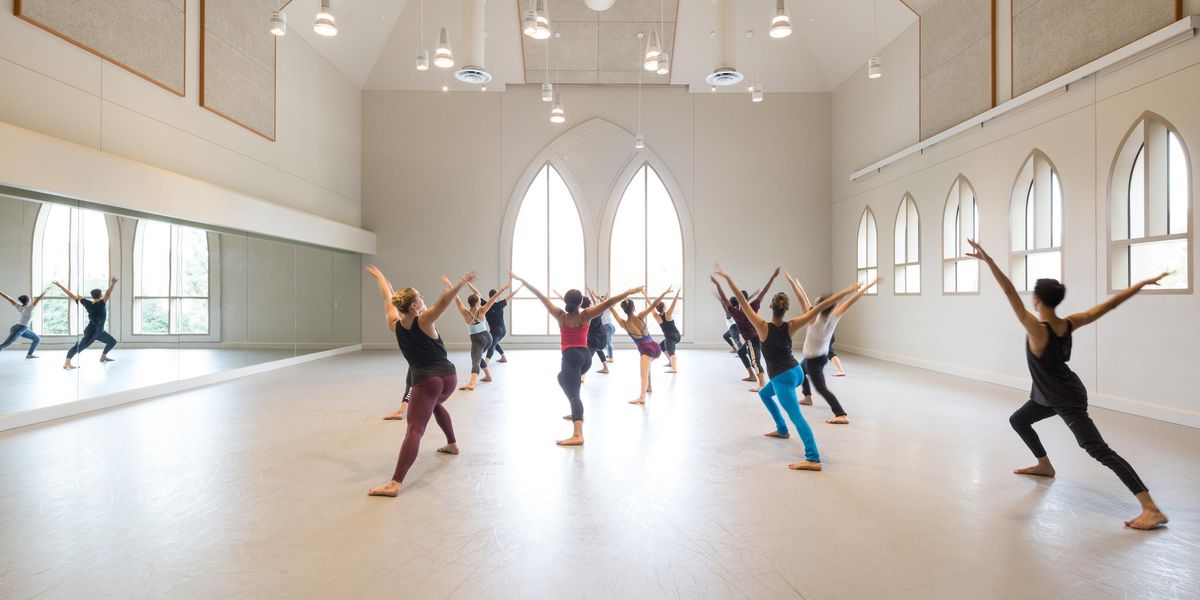On Broadway: Those Were the Days
Motown celebrates the dawn of a multiracial pop culture.
Berry Gordy and the Supremes. Photo courtesy Motown.
In addition to helping forge today’s multiracial pop culture, Motown was music you had to dance to. And the job of creating those dances has fallen to Broadway newbies Patricia Wilcox and Warren Adams. “The first stage was just to get on the same page,” says Adams. “If we understand conceptually what we are trying to do, then the steps come.”
Those steps come also from the real people who inhabit the story, the records they made, the performances they gave (some choreographed by the great tapper and Motown consultant Cholly Atkins). The show’s version of “Stop in the Name of Love” begins with the iconic hand gesture that the Supremes used every time they sang the song.
“We feel a responsibility to pay homage to that period and yet define it through our own work,” says Wilcox. “In ‘Stop,’ you have to do the first movement because we are all emotionally connected to seeing that movement. After that, we can explore on our own.”
Adams agrees. “You start with what you’re given,” he says. “Motown gives you a vocabulary of very, very specific moves. Diana Ross and the Supremes have a move that Martha and the Vandellas would never do. So we get to build on top of what was already there.”
It was the musical’s director, Charles Randolph-Wright, who decided to honor Motown’s legacy of bringing people together by using a male-female, black-white team of choreographers. When he hired Wilcox, and then Adams, they didn’t even know each other. She was from Decatur, Illinois; he was from Port Elizabeth, South Africa. He had been training—in ballet, contemporary, flamenco, even Scottish dance—from the age of 7; she had discovered dance in college. When choreographing, he likes to just move; she likes having a roadmap.
Adams likens the situation to two painters with two brushes working on a single canvas: “We talked about not having two paintbrushes, but one.”
As Wilcox recalls it, “We meant to get up early on and dance; we just couldn’t. We had to keep talking through things. Because the storytelling had to be first.”
“What we did,” Adams explains, “was go moment to moment through the entire script and ask what the dance numbers would bring to it—if it was adding to the scene or if the dance was the leading factor.” Then they split the script up to tackle the actual choreography, working separately and together—“a collaboration in the truest sense,” he says.
“You take the chemistry of two people,” Wilcox adds, “you put them in a room together, and the possibilities are different. We’re able to take the choreography in a direction that melds two worlds.” Which is, of course, what Motown was all about from the start.
Sylviane Gold writes on theater for
The New York Times.




